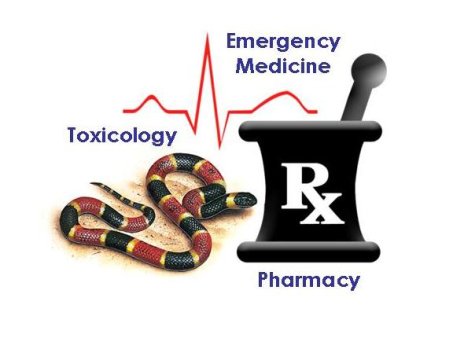Most studies evaluating early antibiotic administration in sepsis patients focus on timing of the first dose. We highlight many of these studies in our recent review article on Appropriate Antibiotic Therapy in Emergency Medicine Clinics of North America. But, what about the second dose? A new study in Critical Care Medicine asks that question. Specifically, what is the frequency and magnitude of delays in second dose in patients admitted from the Emergency Department AND what are the risk factors for these delays?
What They Did
- Retrospective cohort of 828 consecutive patients at a single, tertiary, academic center admitted from the ED with sepsis or septic shock
- Delay defined as first-to-second dose time greater than or equal to 25% of the recommended interval
What They Found
- One-third of patients had a delay in 2nd antibiotic dose
- Not surprisingly, antibiotics that should be given q6 or q8 hours had a higher incidence of delay
- 72% with q6 hour antibiotics
- 47% with q8 hour antibiotics
- Delays were more frequent for inpatients boarding in the ED AND for patients receiving 3-hour bundle compliant initial care
- Of note, there was an association with increased mortality in patients with delayed 2nd dose antibiotics
Application to Clinical Practice
I see this happen every day and there is no easy solution. I am not surprised by the finding that patients receiving initially compliant care subsequently having a delay in the second antibiotic dose. In the ED, we generally have two options: 1) order a one-time dose of initial antibiotics OR 2) order scheduled antibiotics (eg, piperacillin-tazobactam 4.5 gm IV q6 hours). Herein lies the problem, we generally don’t have labs resulted when the antibiotics are initially ordered. When we order a one-time dose, we have a higher risk of forgetting to order a second dose later when labs are resulted. If we order scheduled antibiotics, we risk the patient having a yet undetermined degree of renal insufficiency (acute or acute-on-chronic). We rarely go back to adjust the initial antibiotic order even if the serum creatinine is markedly elevated. Both can lead to patient harm.
How do we address this issue? This is one (of several) reasons I generally prefer cefepime as my gram negative agent of choice over piperacillin-tazobactam since the normal dosing interval would be q8 or q12 hours instead of q6 (with pip-tazo). If ordering one-time doses initially (which I prefer), built-in prompts from the electronic medical record to order subsequent doses after labs are resulted would be extremely helpful. Unfortunately, I have not yet encountered an EMR that can do this. Depending on how inpatient boarders are handled in your ED, there may be additional opportunities to create a process to avoid the delays.
In conclusion, we must be mindful that there is often delay in the 2nd antibiotic dose and it may contribute to worse patient outcomes.
Reference
Leisman D, et al. Delayed Second Dose Antibiotics for Patients Admitted From the Emergency Department With Sepsis: Prevalence, Risk Factors, and Outcomes. Crit Care Med 2017;45(6):956-65. PMID 28328652

Great post, well tackled!
The failure of the attention to detail in these instances (zosyn at appropriate q6h interval vs preset 6/12/6/12 zosyn doing) could be a proxy of system failures due to a “meh, good enough” mindset.
While I’m not a huge backer of continuous zosyn infusion, this type of cultural issue might be the setting where CI could be initiated with improved patient outcomes.
Keep up the good work!
LikeLike
At my institution, we are fortunate enough to have 24/7 ED pharmacist coverage. All medications are ordered as x1 doses. We built an Epic report that pulls in all ED patients who received an antibiotic and their CrCl. The ED pharmacist runs and reviews this report every 4 hours, and subsequently makes recommendations to the provider for next doses. This strategy works has its own limitations but works well for us and is much more efficient than our previous strategies.
LikeLike
Thanks for this comment and for sharing your process for minimizing the potential missed doses.
LikeLike